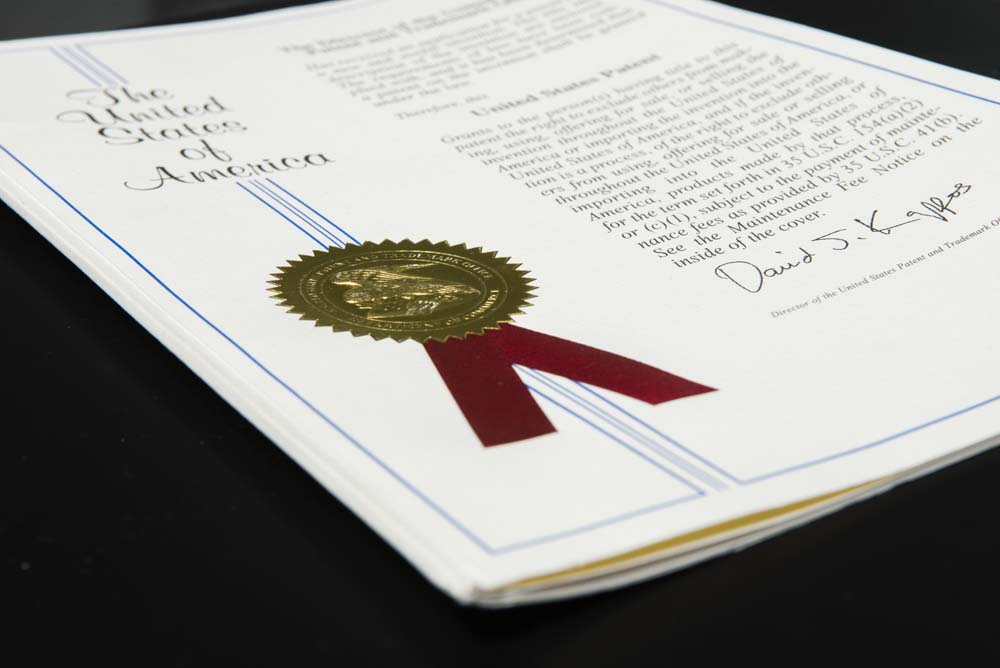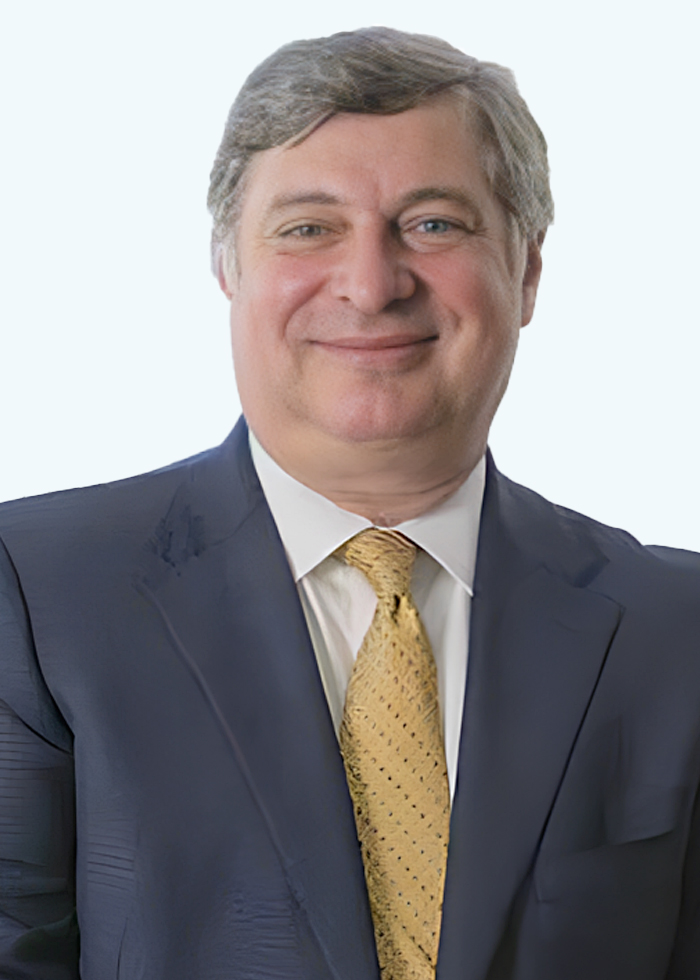
What are the 3 main steps to getting a patent?
1) Prior art search
2) Drafting the patent application
3) Prosecuting the patent application with the USPTO
Prior art search – an experienced patent practitioner searches published patents and pending patent applications world-wide to determine the novelty of your idea and invention. If it’s already been invented anywhere in the world, you can’t get a patent on it. If they find something close, they can use the information to draft your patent application in a way that avoids its being de-railed by previous patents that are close in content. If it’s right on, you should move on to your next idea. At Gearhart Law, we buy databases specifically for searching patents world-wide, and that are also private so someone monitoring a site like Google can’t see what we’re searching for.
Drafting the patent application – This is where we take your input and put it into the form that the USPTO (US Patent and Trademark Office) dictates.
A patent application has 3 main parts: the claims, the figures, and the specification.
The claims are the heart of your application and are what the USPTO looks closely at when deciding whether or not to grant your patent. These come at the end of the application and are written in a very careful and specific way; they’re very ‘legalese’ sounding, but it’s what the USPTO dictates. If the claims aren’t done well your chances of getting your patent granted go down.
The figures are drawings that are done in a way to conform to very specific USPTO rules. These are technical drawings and they have numbers and lines pointing to the various parts of your invention.
The rest of your application is called the specification, and this is where the patent drafter tells the story of your invention. The figures are described in detail here, as well as the background, why your invention is novel and necessary, and what problems it solves. The specification also includes a brief abstract.
Prosecuting the patent application with the USPTO – your patent application is just that, an application to the government for an actual patent on your invention. The patent shown above is the ‘ribbon copy’ which is given to the inventor by the patent office once their application is approved and the patent is granted. Once your application is submitted to the USPTO, it’s published (after a few months). A patent examiner then takes your case and starts challenging your patent professional about parts of the application. They focus on the claims and their validity. In most cases the examiner will issue an ‘office action’ that states that your application is rejected because they’ve found prior art that’s too close, or some other reason. This is where the skilled professional can make arguments to the examiner about why they’re wrong, or can amend your application to be acceptable. This is called patent prosecution in the patent world. This is a back and forth process and takes a few months. If your invention is novel enough and you have an experienced patent professional who knows the patent system, most times you can attain the ultimate goal of receiving an issued patent.
What does the issued patent give you? For whatever countries you have the patent issued in, you have exclusive rights to make and sell your invention in that country. You have a monopoly. You can sue others for infringing those rights, or you can sell them a license or even all of your patent rights. A patent is a piece of Intellectual Property, and functions as an actual piece of property. So, for instance, no one can sell a phone just like an Apple phone, or Apple will sue based on their patents. In 2015 alone, Apple was granted 1,938 patents. That’s over 5 patents per day for every day of the year!

